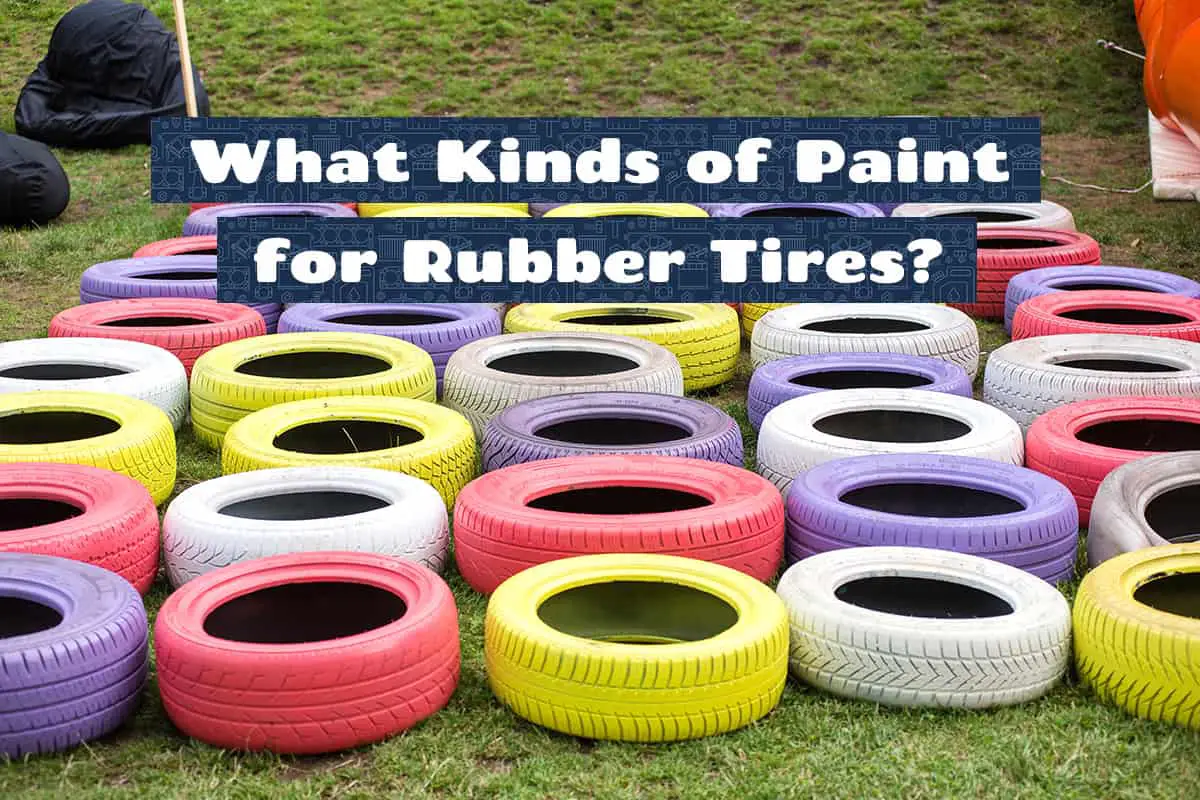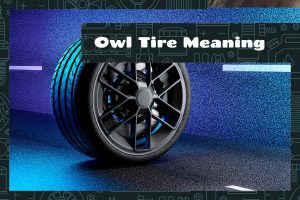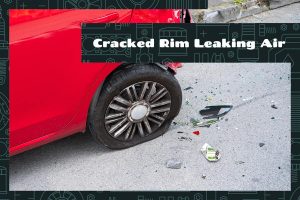Cars go through a lot, from muddy puddles to sun-soaked highways, and over time, even the mightiest tires can lose their once-fresh appearance. Now, imagine if those tires could get a makeover, not just for style but for protection too. Yup, painting those rubber rings can do wonders!
For car tires, the go-to paints are tire-specific spray paints, acrylics, enamels, and rubberized coatings. Each has its own pros and cons, but they’re all up for the challenge.
In this guide, we’re going to take a look at the wide range of car tire paints, from the different types and their benefits to maintaining painted tires.
Why Paint Rubber Tires?
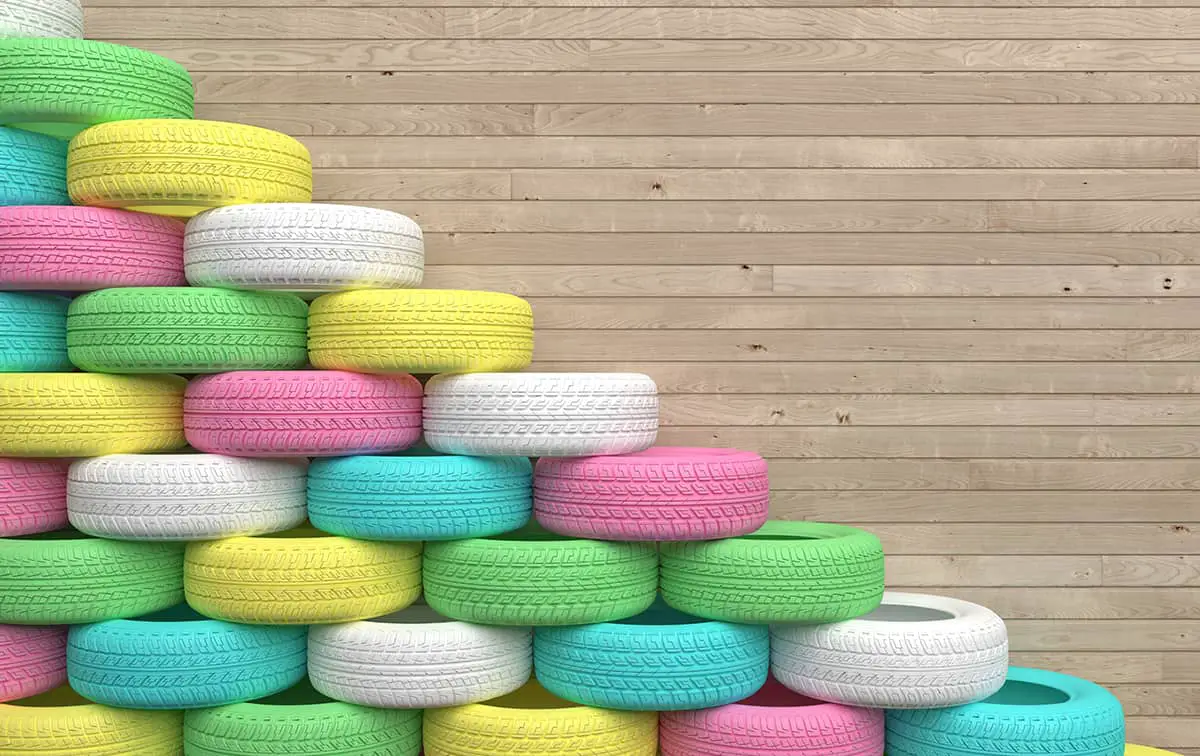
Tires take our cars from the beaches to the mountains and everywhere in between. But like a pair of worn-out shoes, they too can look tired after some mileage. That’s where the magic of paint comes in. But why would anyone want to paint their car tires?
1. Reviving the Look of Old Tires
Ever noticed how a fresh coat of paint can transform an old piece of furniture? The same goes for tires. Rubber tires can look dull and worn out with time. They may develop a grayish hue, or the once black luster fades. Painting them can bring back that showroom shine, making your car look years younger.
2. Shielding against UV and Other Damages
The sun can tan your tires too, and not in a good way! Prolonged exposure to the sun’s UV rays can make rubber tires dry out, causing them to crack or weaken. By painting your tires, you’re adding an extra layer of protection. Besides UV protection, painted coatings can also help guard against road salts, oils, and other nasty stuff that tires come in contact with on the daily.
3. Personalizing Your Vehicle’s Appearance
For some car enthusiasts, a vehicle is an extension of their personality. Just like we personalize our phones with cool cases or our homes with unique decor, some folks want to add a personal touch to their rides. Painting tires offers a way to do that.
Different Types of Paint for Rubber Tires (and Pros and Cons)
Rubber tires and paint is a match made in automotive heaven! But before you go drenching your tires in just any paint, let’s wheel into the different types that will get your tires looking and feeling their best.
1. Tire-Specific Spray Paints

Just like there’s a perfect shoe for every outfit, there’s a specific paint for rubber tires. Tire-specific spray paints are like the cool kicks designed just for your tires. They’re easy to use, dry quickly, and come in a can that makes application a breeze.
Pros:
- Effortless Application: The beauty of tire-specific spray paints lies in the can. No brushes, no fuss. Just point and spray. It’s like giving your tires a quick tan.
- Quick Drying: If you’re the kind who watches paint dry and thinks, “Could this be any slower?”, spray paints are your buddy. They dry in a jiffy, so you can hit the road faster.
- Uniform Finish: Sprays offer a consistent, even coat, ensuring that your tires look uniformly fresh and fabulous.
Cons:
- Limited Shades: While spray paints offer a good color range, they might not have that super-specific shade of lime green you’re after.
- Over-spray Risk: If you’re not careful, you might end up painting more than just the tire. Think of it like using a wide-tooth comb on thin hair; it can be a bit messy.
2. Acrylic Paints
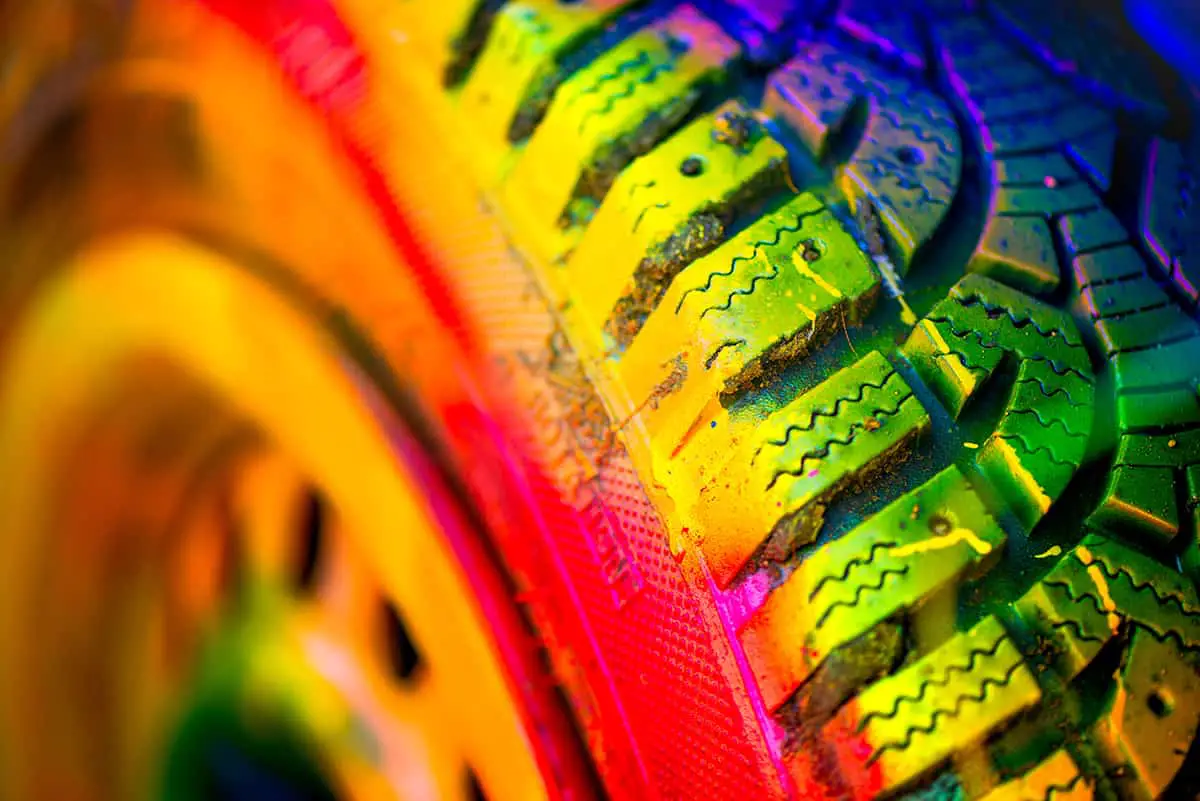
Now, for the artsy souls out there, acrylic paints might be your go-to. Typically used on canvases, these paints have found their way to the automotive world, and tires are loving it! Acrylic paints offer a wide range of colors, allowing for more creativity. Want a metallic gold or a splashy neon? Acrylic’s got you!
Pros:
- Color Galore: From electric blue to sunset orange, acrylic paints offer a wide spectrum of colors, letting your creativity run wild.
- Easy Cleanup: Being water-based, any slip-ups or brushes can be cleaned up easily. No hardcore solvents needed.
- Eco-friendlier: Acrylics tend to be less harsh on the environment than some other options.
Cons:
- Needs a Top Coat: To ensure your beautiful artwork remains smudge-proof, a protective sealant or top coat might be needed.
- Drying Time: Acrylics may need a little more patience to dry fully compared to spray paints.
3. Enamel Paints
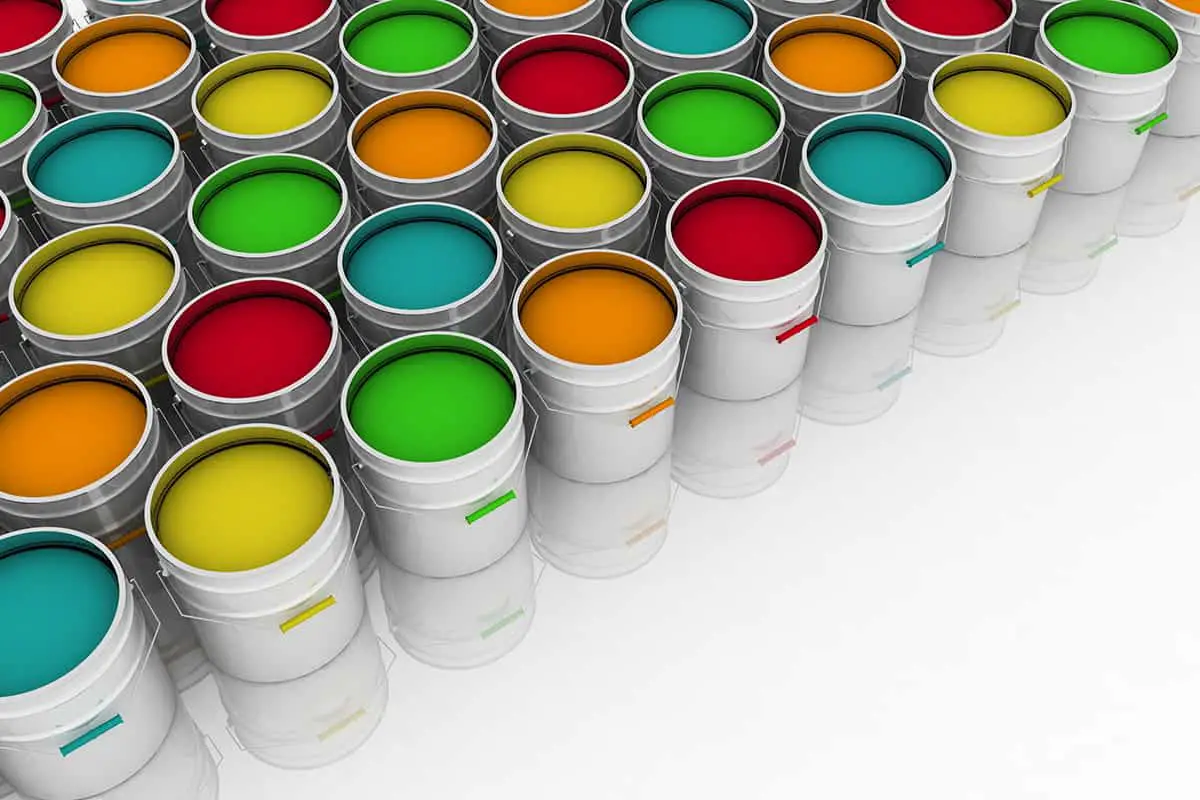
Enamel paints are smooth, glossy, and they scream class. They are known for their durability, which means they can handle whatever the road throws at them. Mud, rain, or even that accidental brush against a curb won’t faze them.
Pros:
- Super Durable: Enamel paints are like the bodybuilders of the paint world. They’re tough, long-lasting, and can handle a lot without chipping or fading.
- Glossy Finish: These paints often have a beautiful sheen, giving your tires that polished look.
Cons:
- Requires Patience: Enamel paints are the slow-cooked meals of the paint world; they take their sweet time to dry. But boy, are they worth the wait!
- Harder Cleanup: Any mishaps might need solvents to clean up. Also, remember to clean your brushes promptly, or they’ll turn into rock-solid paint sticks.
4. Rubberized Coatings
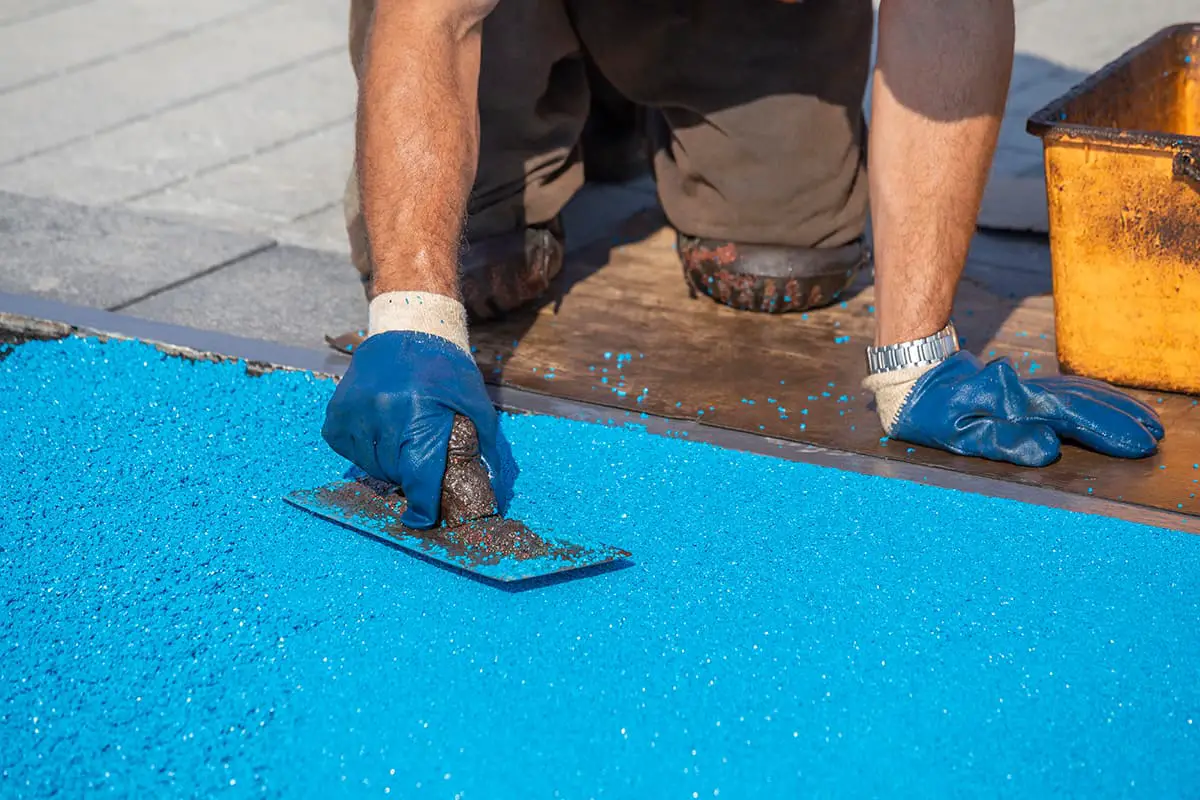
Rubberized coatings are a bit like giving your tires a second skin. They grip the rubber like a bear hug, ensuring maximum adhesion. Since it’s designed for rubber, it flexes and moves with the tire, reducing the risk of cracks or peels.
Pros:
- Superb Adhesion: Being designed for rubber, these coatings hold onto the tire like white on rice.
- Flexibility: This paint moves and grooves with your tire, reducing the chance of cracks or splits.
- Protective Layer: Acting like a tire’s second skin, rubberized coatings can offer additional protection against the elements.
Cons:
- Color Range: If you’re after a wide palette of colors, rubberized coatings might leave you wanting. It’s a bit like going to an ice cream shop and finding only three flavors.
- Application Time: Applying rubberized coatings can be a tad more time-consuming than just a quick spray or brush of paint.
Maintaining Painted Tires
So, you’ve gone ahead and jazzed up those tires with some snazzy paint. But now comes the fun part: keeping them looking fresh and fancy for as long as possible.
Routine Cleaning
When you’re up close and personal with your tires, you’re more likely to notice any chips or cracks before they become big problems. Regular cleaning means less dirt and grime eating away at that beautiful paint job.
How to Clean: Use a gentle soap and soft brush. No need to go all Hulk on them! A light scrub will usually do the trick. Remember to rinse thoroughly and dry with a soft cloth to prevent water spots.
Avoid Harsh Chemicals
Direct exposure to harsh chemicals is like a sunburn for your painted tires. When choosing tire cleaners, opt for those labeled ‘safe for painted surfaces.’ It’s a small detail that can make a huge difference.
What to Avoid: Brake fluid, gasoline, and some heavy-duty cleaners can be a nightmare for your paint. If they spill, wipe them off ASAP!
Protect from Extreme Weather
If the wicked witch from the Wizard of Oz taught us anything, it’s that some things don’t like water. And, well, painted tires aren’t a big fan of extreme weather either.
How to Protect: Too much sun can fade the color. If possible, park in the shade or use a tire cover. Rain and snow can cause the paint to peel. If you’re expecting a storm, consider moving your car to a garage or covering the tires.
